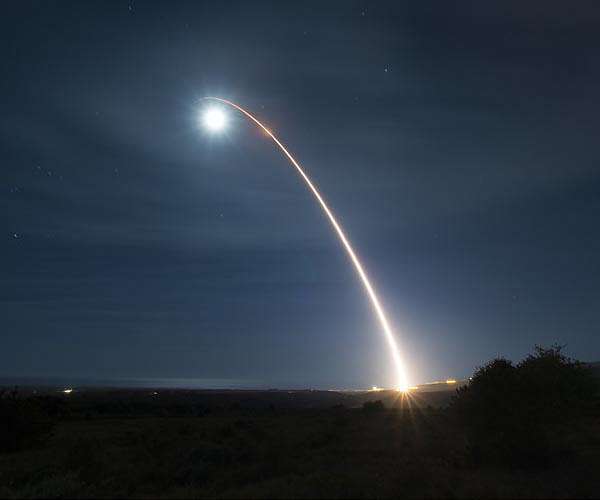7.11.2023

A Minuteman III intercontinental ballistic missile (ICBM) was intentionally terminated over the Pacific Ocean shortly after its test launch from Vandenberg Space Force Base at 12:06 a.m. Pacific Time on Nov. 1. The termination was triggered by an unanticipated event, commonly referred to as an 'anomaly.'
Anomalies can occur due to a wide range of factors, such as issues related to the launch platform or the testing equipment itself. A comprehensive review is essential to pinpoint the specific cause.
A specialized Launch Analysis Group is currently being assembled to scrutinize the incident. The team will consist of experts from various entities including the Air Force Global Strike Command, the 377th Test and Evaluation Group, the 576th Flight Test Squadron, Space Launch Delta 30 Safety Office, and the Air Force Nuclear Weapons Center.
These test launches are integral for evaluating the Minuteman III system and collecting crucial data for its ongoing reliability and precision. Insights gained from each test, successful or otherwise, are invaluable for identifying and rectifying any potential vulnerabilities in the weapon system.
Headquartered at Barksdale Air Force Base in Louisiana, the Air Force Global Strike Command is responsible for overseeing the U.S.' three ICBM wings, the entire bomber fleet, the Long Range Strike Bomber program, and various other assets and operations within the nuclear enterprise. The command employs approximately 33,700 professionals situated in the continental U.S. and in strategic locations worldwide.
The future of the ICBM fleet lies in the LGM-35A Sentinel, slated to start replacing the Minuteman III by 2029. The Air Force is dedicated to ensuring that the Minuteman III remains an effective deterrent until the LGM-35A reaches full operational capability in the mid-2030s.
Quelle: SD
